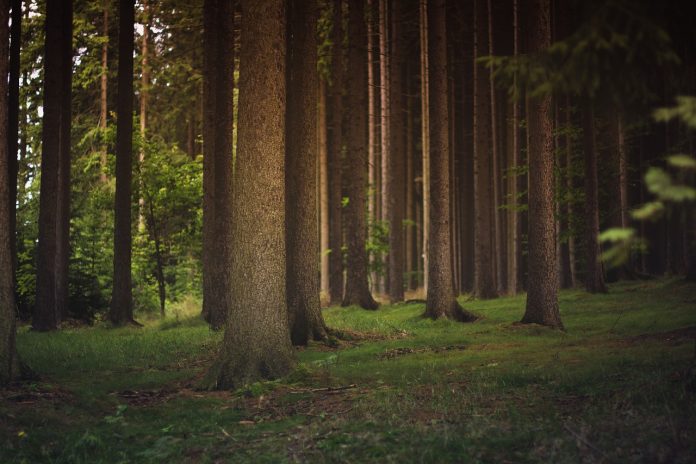With a quick grab, I gathered the envelopes from my mailbox and headed back across the road to the safety of my driveway. Aside from the rare greeting card or letter, most of the mail we receive in our adult lives is no longer associated with joy, but rather unwanted responsibilities or bills to be paid.
Taking a quick inventory of the new arrivals, the return address on one particular letter caught my eye. Before COVID-19 spread into our language, then our lives, this piece of mail usually brought with it optimistic anticipation. Now, however, I was filled with dread.
Preparing for the worst, I closed my eyes, took a deep breath and ripped open the quarterly statement of my retirement pension.
Assets
When it comes to investments, many of us count on the expertise of others more experienced and knowledgeable to provide sound advice and guide us through the process. Knowing they have our best interests in mind, we trust these financial advisors to help us define our goals, develop a plan and slowly, over time, allow our resources to grow.
But this can be so difficult, especially during an economic downturn that seems so damaging and daunting, to say the least.
The woods
Perhaps in an effort to get “out of the woods,” it pays to look to the woods. Amidst a pandemic, the trees on your property can not only bring much needed solace, but also financial security.
Regardless of their size or age, our trees can be viewed as deposits. Over time — with thoughtful planning and sound advice — they can add up to surprisingly large yields! From acres of forest to a small scattering of trees, your woodland represents one of your most valuable resources, both environmentally and economically.
The key is to get the experts involved to protect your assets and maximize your return. Start with your service forester. Foresters are qualified individuals who can provide forest resource management recommendations, information and advice.
Both Ohio and Pennsylvania have state service foresters assigned to each county through their division/bureau of forestry. State service foresters are available to educate and protect you, and this service comes at no additional cost to you, since it is funded by state taxes.
You can arrange to have your state service forester visit your property to assess your woodlands, identify objectives, discuss goals and list recommendations and resources.
Timber harvest
Deciding if and when to cut timber, and selling it, can be very overwhelming. Ohio has a program (and a plea!) for landowners to “Call Before You Cut.” Ask your service forester about this program and the free resources it provides.
In addition, your state service forester can provide a list of consulting foresters. Private consulting foresters are uniquely qualified to assist with meeting management goals and timber harvest expectations for the betterment of the land and protection of the landowner.
They offer services such as boundary-marking, invasive species control, timber inventory and evaluations, management plans and timber sale administration.
The consultant will help determine the best timber harvest method, select the trees, market your timber effectively to obtain maximum price, oversee the bidding process and perspective buyers and ensure that best management practices (BMPs) to protect soil and water are installed by the logging crew and regulations are followed.
They will protect you, your woods and your wallet from potentially deceptive or disastrous “offers” from buyers.
Be sure to do your homework before hiring a consulting forester, and sign a written agreement when you do. Contact multiple potential foresters, request landowner references and research past and current harvests to help clarify expectations and solidify your confidence.
Protect resources
A colleague of mine always says that to the untrained eye, most logging sites are like “putting lipstick on a pig.” By this, he meant that it is really hard to make them look pretty. But the health and resilience of a woodland after harvest has everything to do with pre-harvest, preventative planning.
The frontline of defense for soil and water resource protection is to submit a Timber Harvest Notice of Intent with your local Soil and Water Conservation District. Through the voluntary Ohio Timber Harvest Planning Program, woodland owners, loggers and foresters get assistance with the pre-planning of logging activity by selecting BMPs to reduce soil erosion and protect water quality.
Doing so also improves logging efficiency and trail systems and, ultimately, protects the woodland owner by keeping their site in compliance with state standards.
Most erosion control practices are intended to be preventative, not remedial.
As our markets and lives continue to ride on this pandemic roller coaster, we can still find serenity among the trees and security from our forests. With long-term vision, intentional planning and guidance from trained foresters, our woodlands will continue to provide abundant benefits for us now and in the future.
Let’s do our best to breathe, rebound and watch our trees — and assets — grow.













